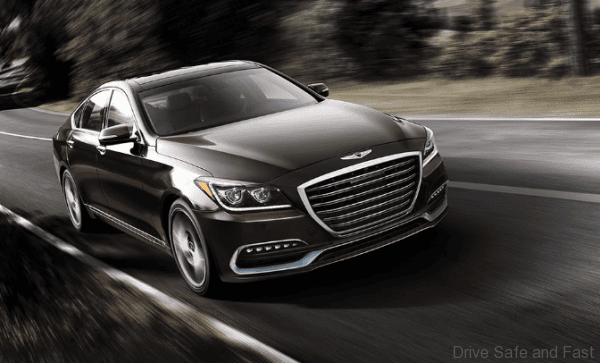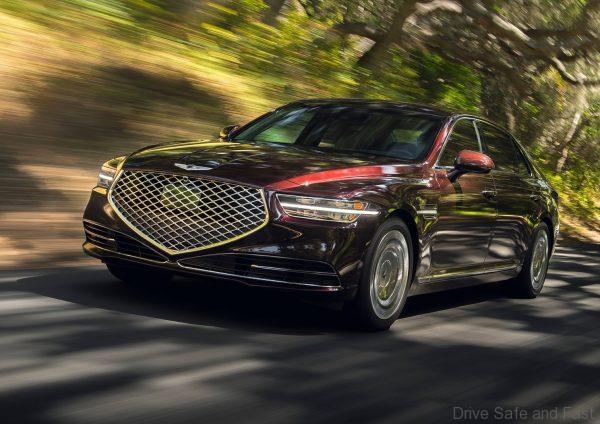Understanding Genesis Nomenclature
We spent much of 2018 and 2019 completing nomenclature guides for established premium marques like Audi, BMW, Mercedes-Benz, Jaguar, Lexus, Volvo, Infiniti, MINI and Land Rover. Now it’s time to give you one on Genesis – the youngest of the premium brands. Genesis was formed only in 2015 by the Hyundai Motor Group. It takes its name from the flagship Hyundai sedan of the time, the Hyundai Genesis, and renamed that model the Genesis G80.

Recently the Genesis G80 got its full model change, which reminded us that a nomenclature article still hadn’t been made for the brand. So here it is.

Genesis uses an alphanumerical naming scheme for their vehicles, much like Infiniti’s. A typical Genesis model is denoted like this:
Genesis G80 3.8 HTRAC
- If the letter ‘G’ appears before numbers, it’s a sedan.
- If the letters ‘GV’ appear before the numbers, it’s a SUV/crossover.
Given the company only 4 models out right now and they’re all just sedans and SUVs, it’s difficult to tell if they’ll give hatchbacks, convertibles, coupés or other bodystyles different designations. For now, ‘G’ and ‘GV’ is all we have to worry about.

Next are the numbers. Genesis uses dual digits after the alphabets to denote the relative size and prestige of the model, also like Infiniti.
So far, Genesis has only used the following numbers:
- 70
- 80
- 90
After that comes the powertrain denotion.
Genesis uses the displacement in litres, followed either by the presence of turbocharging or the presence of a diesel motor with a capital letter. Examples include:
- 3.3
- 3.3T
- 3.8
- 2.2D

More engines will be added with the new G80 launch. And as turbocharging becomes the norm, it remains to be seen if Genesis will continue to use ‘T’ in powertrain descriptors.
After describing the engine, Genesis will note the presence of all-wheel drive with the word ‘HTRAC’. Here is how HTRAC is described by Hyundai:
HTRAC is a multi-mode system, providing an electronic, variable-torque-split clutch with active torque control between the front and rear axles. In the pursuit of optimal weight balance and driving dynamics, Hyundai engineers produced one of the lightest all-wheel drive systems in use today, at just 75 kg.
So that’s it. Genesis isn’t a brand that will appear on the radar of most Malaysians anyway. Other articles in this series: